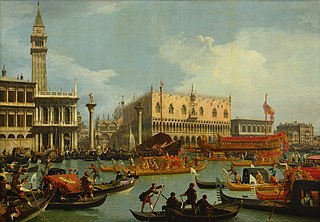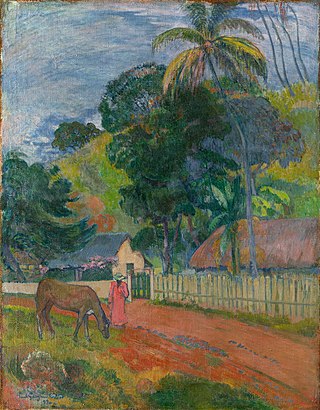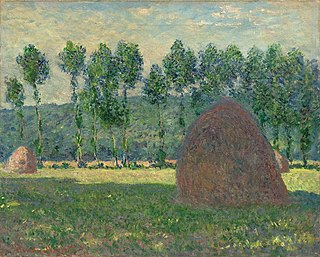
Prince Felix Felixovich Yusupov, Count Sumarokov-Elston was a Russian aristocrat from the Yusupov family who is best known for participating in the assassination of Grigori Rasputin and for marrying Princess Irina Alexandrovna, a niece of Tsar Nicholas II.

Russian Orthodoxy is the body of several churches within the larger communion of Eastern Orthodox Christianity, whose liturgy is or was traditionally conducted in Church Slavonic language. Most Churches of the Russian Orthodox tradition are part of the Eastern Orthodox Church.

The House of Yusupov is a Russian princely family descended from the monarchs of the Nogai Horde, renowned for their immense wealth, philanthropy and art collections in the 18th and 19th centuries. Most notably, Prince Felix Yusupov was famous for his involvement in the murder of Grigori Rasputin.

The House of Chigi is an Italian princely family of Sienese origin descended from the counts of Ardenghesca, which possessed castles in the Maremma, southern Tuscany. Later, the family settled in Rome. The earliest authentic mention of them is in the 13th century, with one Alemanno, counsellor of the Republic of Siena.

Pietro di Gottardo Gonzaga was an Italian theatre set designer who worked in Italy and, since 1792, in the Russian Empire.
The National Pushkin Museum is a museum dedicated to the life and work of Russian poet Alexander Pushkin. It is located in Saint Petersburg, Russia. The museum was established in 1953 on the basis of the All-Russian Pushkin Exhibition of 1937 which opened in Moscow.
Alexander Aizenshtat is a French-Austrian artist known as the founder of a new movement in world fine arts - metaphysical expressionism. He lives and works in Jerusalem, in Beit Meir. He is also known for following Orthodox Jewish practice, keeping the requirements strictly. Today he is working in the Kingdom of Bahrain to prepare a substantive collection of new paintings celebrating Bahrain’s rich cultural heritage under the auspices of the Ministry of Foreign Affairs with continued support of His Excellency Sheikh Rashid Al Khalifa.

The State Museum of Modern Western Art was a museum in Moscow. It originated in the merger of the 1st and 2nd Museums of Modern Western Painting in 1923. It was based on the collection of paintings assembled by Sergei Schukin and Ivan Morozov. It was shut down on 6 March 1948 by Stalin and its works split between the Hermitage Museum in St. Petersburg and the Pushkin Museum in Moscow.

Aurora and Cephalus is an 1811 painting by Pierre-Narcisse Guérin, now in the Pushkin Museum in Moscow. Measuring 251 × 178 cm, it illustrates lines 661-866 of Book 7 of Ovid's Metamorphoses and is a version the artist's 1810 work of the same subject. An oil sketch for the 1811 work has been in the Hermitage Museum since 1978.

Frost in Louveciennes is an 1873 painting by Alfred Sisley, which has been in the Pushkin Museum since 1948. It shows the church of St Martin in the French town of Louveciennes. A chalk sketch for it is now in the Budapest Museum of Fine Arts.

Apollo and Marsyas is an oil on canvas painting by the Italian artist Luca Giordano, created circa 1665. It is held at the collection of the Pushkin Museum, in Moscow. A variant of the work is in the Bardini Museum, in Florence.

The Battle of the Milvian Bridge, The Battle of the Bridge or The Battle Between the Emperors Maxentius and Constantine is a 1655 oil on canvas painting by Claude Lorrain, now in the Pushkin Museum in Moscow. Despite the title, according to E. B. Sharnova, the painting has no historical specificity.

The Bucentaur Returns to the Pier at the Doge's Palace or The Doge of Venice Departs for the Festival of the Betrothal of Venice to the Adriatic Sea is a c.1730 oil on canvas painting by Canaletto. It was acquired together with his Reception of the French Ambassador in Venice in the 1760s for the Hermitage Museum. In 1930 The Bucentaur was transferred to the Pushkin Museum in Moscow, where it remains. Variants of the work survive in several collections, including the Royal Collection at Windsor Castle, the Dulwich Picture Gallery and the Uffizi, whilst a copy by Fyodor Alekseyev is in the Russian Museum.

Ploughed Fields is an 1874 painting by Camille Pissarro, now in the Pushkin Museum in Moscow.

Landscape, Horse on the Road is an 1899 oil on canvas painting by Paul Gauguin, now in the Pushkin Museum in Moscow.

Landscape with Hercules and Cacus is an oil on canvas painting by French painter Nicolas Poussin, created c. 1660. It is held in the Pushkin Museum, in Moscow. It depicts a scene from lines 190-275 of Book VIII of Virgil's Aeneid.

Haystack Near Giverny is an oil on canvas painting by Claude Monet, from 1884. It is held in the Pushkin Museum, in Moscow. It is a precursor to his 1890s Haystacks series.

The Bunch of Flowers or Flowers of France is an oil on canvas painting by Paul Gauguin, from 1891. It is held in the Pushkin Museum in Moscow. It was one of the first in his series of Tahitian works.

Piazza della Rotonda and the Pantheon is an oil on canvas cityscape painting by Bernardo Bellotto and his son Lorenzo, from 1769, based on an engraving by Piranesi. It and its pair View of the Forum in Rome are both now in the Pushkin Museum, in Moscow. It shows Piazza della Rotonda and the Pantheon, in Rome.

Pierrot and Harlequin or Mardi Gras is an 1888-1890 oil on canvas painting by Paul Cézanne, now in the Pushkin Museum in Moscow. As the title suggests, it shows the commedia dell'arte characters Pierrot and Harlequin.


















